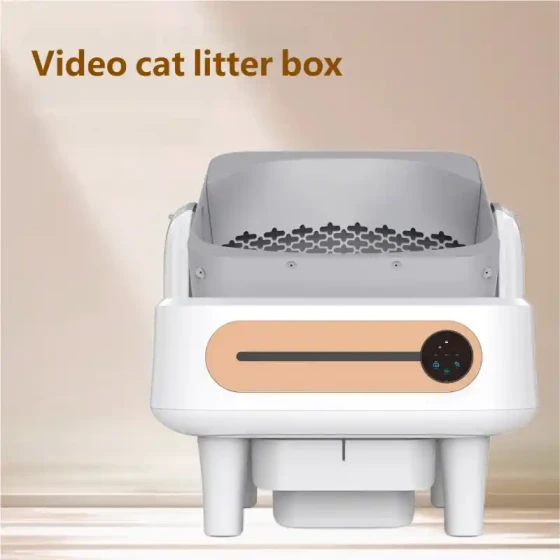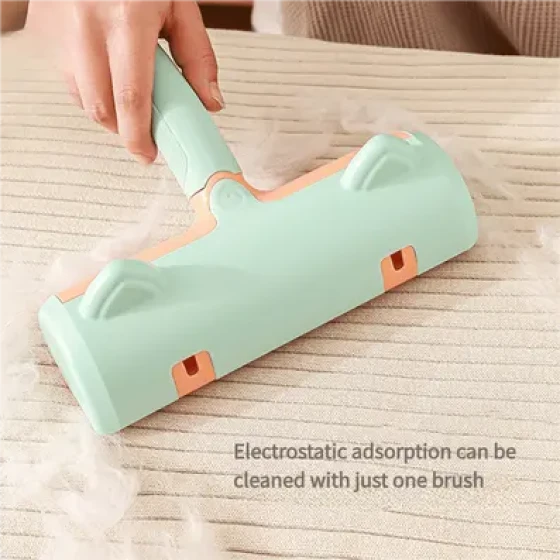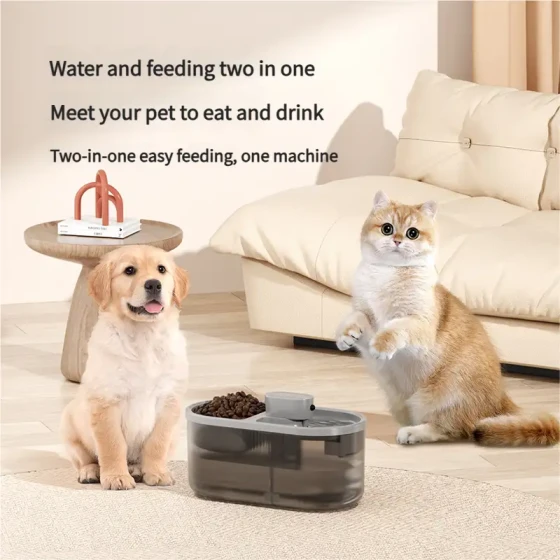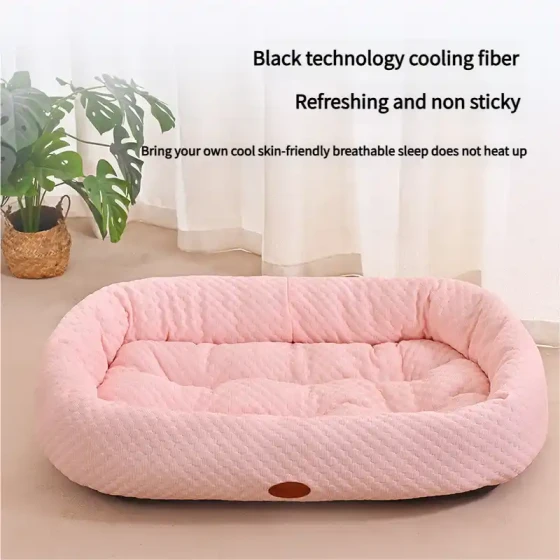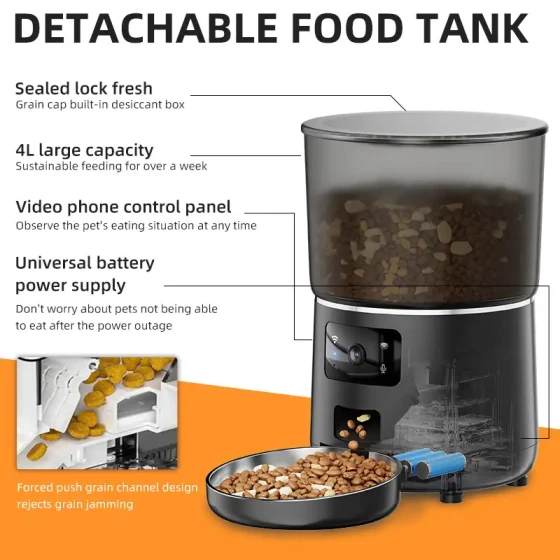How Many Kittens Are Most Auspicious in a Cat's Life_Analysis of Cat Litter Size and Auspicious Meaning
How many kittens can a cat give birth to in one litter is not only a concern for soon-to-be "pooper scoopers," but it is also often linked with some interesting folk sayings. Generally, a healthy mother cat usually gives birth to 3 to 6 kittens per litter, but this number is not fixed and is influenced by various factors. As for the saying "how many kittens are most auspicious," it is more of a cultural expectation and a fun interpretation.
The truth about cat litter size: scientific analysis
The reproductive capacity of cats should not be underestimated. A mother cat in breeding season can have several litters in a year, theoretically even up to 5 litters. Each litter typically has between 3 to 6 kittens. However, this number is not absolute; some cats may have only one or two kittens, while others can have more. Some literature even mentions a record high of 14 kittens, though the survival rate in such extreme cases may not be high.
Many factors affect the number of kittens born, just like humans cannot decide at will how many children to have. These factors mainly include:
- Breed: Different breeds of cats may have variation in average litter size. For example, some long-haired breeds like Persian cats may only have 2 to 4 kittens per litter.
- Age: Generally speaking, a mother cat may have fewer kittens in her first pregnancy. The litter size might increase with age. However, the optimal breeding age for a mother cat is usually between 18 months and 6 years. Breeding too early or too late may affect the health of both the mother and the kittens.
- Health and nutrition: The health status and nutritional intake of the mother cat during pregnancy are crucial for litter size and kitten health. Underweight or overweight mother cats may have fewer kittens and may experience delivery difficulties. Sufficient and balanced nutrition ensures the mother cat has the strength to gestate and nurse the kittens.
- Factors related to the male cat: The quality of the male cat's semen and fertilization ability also affect the mother cat’s litter size.
- Concurrent pregnancies: An interesting phenomenon called "concurrent pregnancy" or "superfecundation" occurs when a mother cat mates with multiple male cats during one estrus, resulting in kittens in the same litter having different "fathers." This can also lead to kittens having varied coat colors and patterns.
Cat litter size and auspicious meanings: what do folk sayings say?
In traditional Chinese culture, many things are given specific symbolic meanings, and cat litters are no exception. Although there is no scientific notion of "auspiciousness," there are some interesting folk interpretations regarding how many kittens a cat gives birth to.
Some believe "cats bring wealth." If a cat comes into the home and gives birth to kittens, it foretells good luck and fortune. As for which specific number of kittens is most auspicious, there is no consensus, more so it is understood through personal preference and puns on numbers. For example:
- Two: symbolizes "good things come in pairs," representing happiness and harmony.
- Three: in some regions, "three" sounds like "birth" in Chinese, implying continuous life and flourishing prosperity.
- Four: associated with "prosperity all year round," reflecting hopes for a smooth financial fortune.
- Five: symbolizes "five blessings arrive at the door," representing health, wealth, longevity, virtue, and peaceful death.
Of course, these are just cultural and playful interpretations for fun and should not be taken too seriously. After all, no matter how many kittens a cat has, their health and safety are the most important.
Mother cat’s labor process and precautions: welcoming new life
If the mother cat at home is about to give birth, as responsible "pooper scoopers," we need to prepare in advance to ensure the safety and health of both the mother cat and her kittens.
Preparations before labor:
- Prepare a birthing box: Prepare a quiet, warm, and comfortable delivery box for the mother cat. You can choose a cardboard box lined with clean and soft bedding, such as old towels or specialized pet mats. The box should be large enough for the cat to lie down and stretch out fully. A low door opening on one side can facilitate the cat’s entrance and exit while preventing kittens from falling out. The box should be placed in a quiet, undisturbed location, like a corner of a cabinet or under a table, to give the mother cat more security.
- Trim fur: One to two weeks before delivery, trim the fur around the mother cat’s abdomen, breasts, and birth canal to facilitate the kittens nursing and prevent fur tangling with the umbilical cord during birth.
- Supplement nutrition: Pregnant cats need extra nutrition, so feed them pregnancy-specific cat food with appropriate additions of meat.
- Contact a veterinarian: Have reliable veterinarians' contact information readily available. Labor can happen anytime, and professional help may be necessary if complications arise.
Observation and assistance during labor:
Mother cats usually don’t require artificial assistance during labor and can complete the process on their own. Our main role is to quietly observe and be ready to help if needed.
- Observe labor signs: Before giving birth, the mother cat may show reduced appetite, restlessness, frequent licking of her abdomen and genital area.
- Watch for abnormalities: If the mother cat experiences prolonged strong abdominal pain or labor efforts lasting over 30 minutes without delivering a kitten, heavy bleeding, continuous convulsions or unconsciousness, or long delivery intervals (over 2 hours), immediately contact a veterinarian.
- Provide proper assistance: If the mother cat does not promptly break the membranes or clean the kitten’s mouth and nose, you should gently wipe with a clean tissue to prevent suffocation. If the mother cat does not cut the umbilical cord, use sterilized scissors to cut it about 1-2 cm from the kitten’s abdomen and disinfect the area. After delivery, ensure the kitten finds the nipple to suckle. For weak or less competitive kittens, artificial feeding support may be necessary.
Postpartum care:
The mother cat requires careful care after giving birth as well.
- Maintain cleanliness: Replace soiled bedding promptly to keep the birthing area clean.
- Supplement nutrition: Postpartum mother cats lose a lot of energy and need high-energy, easily digestible food such as chicken breast and fish soup to help recover and promote milk production.
- Monitor the health of mother and kittens: Closely observe if the mother cat shows loss of appetite, depression, persistent vaginal bleeding or discharge to promptly detect and manage postpartum complications. Also, monitor whether kittens can nurse normally and watch for signs of weakness or diarrhea.
Frequently Asked Questions
- How many kittens does a cat typically have in her first litter?
The first litter usually has fewer kittens than later litters. Most first-time moms have 2 to 4 kittens, though some may have only one, and others might have 4 to 6 or more. - How to determine how many kittens a cat is pregnant with?
To find out the number of kittens, bring the pregnant cat to a veterinary hospital for an ultrasound or X-ray around 30 to 40 days into pregnancy. - Is it normal for a cat to have kittens with different coat colors in one litter?
Yes, if the mother mates with multiple males during estrus, due to "concurrent pregnancy," kittens may have different fathers, causing varied coat colors in the same litter. - How soon can a cat get pregnant again after giving birth?
The gestation period is about two months. A mother cat may come into heat a few weeks after giving birth and theoretically can have multiple litters per year. However, frequent breeding is not recommended for the mother’s health. - Is it a good omen if a stray cat comes into the house to give birth?
Scientifically, there is no omen. However, in folk tradition, "cats bring wealth" is commonly said, believing that a stray cat giving birth at home signals good luck and wealth. This is more of a hopeful sentiment.
In summary, the number of kittens born in a cat’s litter is a natural process influenced by multiple factors and does not have a specific "auspicious" number. As responsible "pooper scoopers," we should focus more on the health and safety of the mother cat and kittens, providing them a comfortable environment and sufficient care to welcome these new lives.
